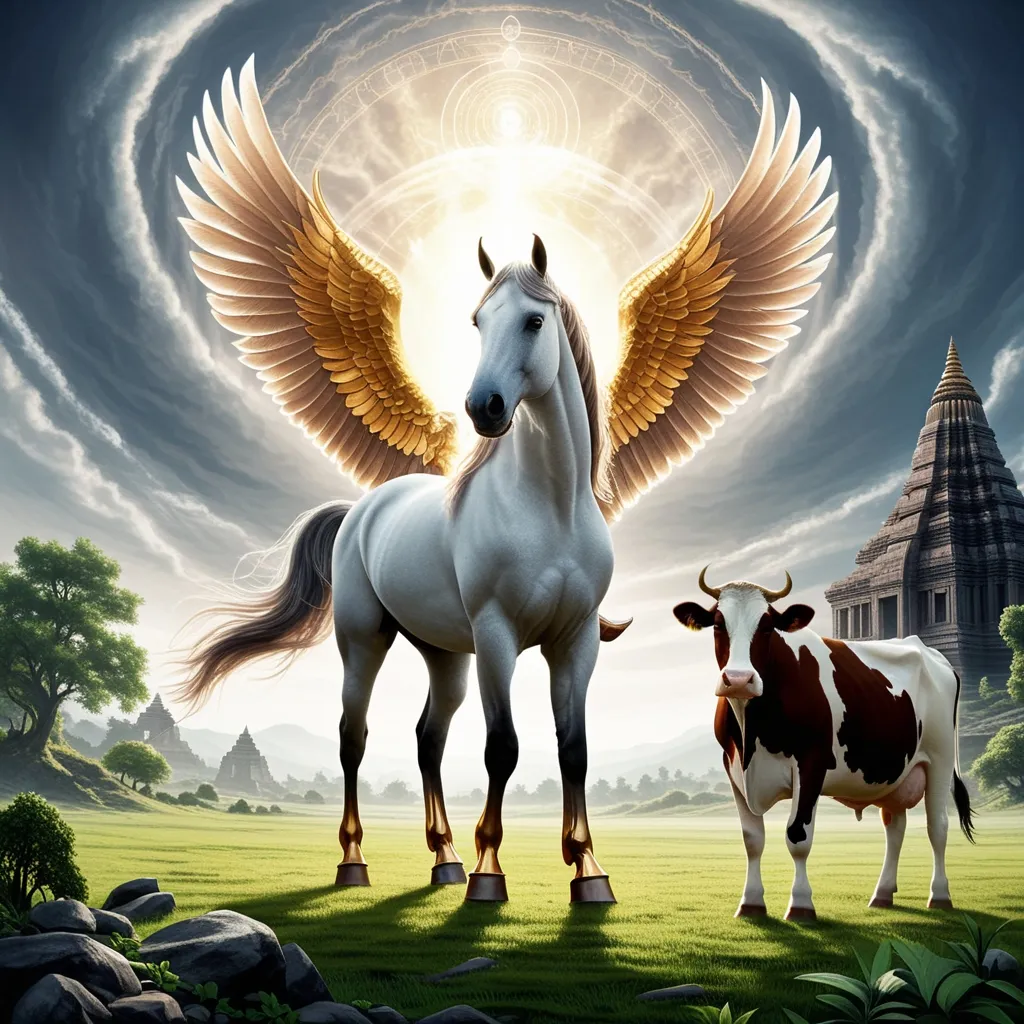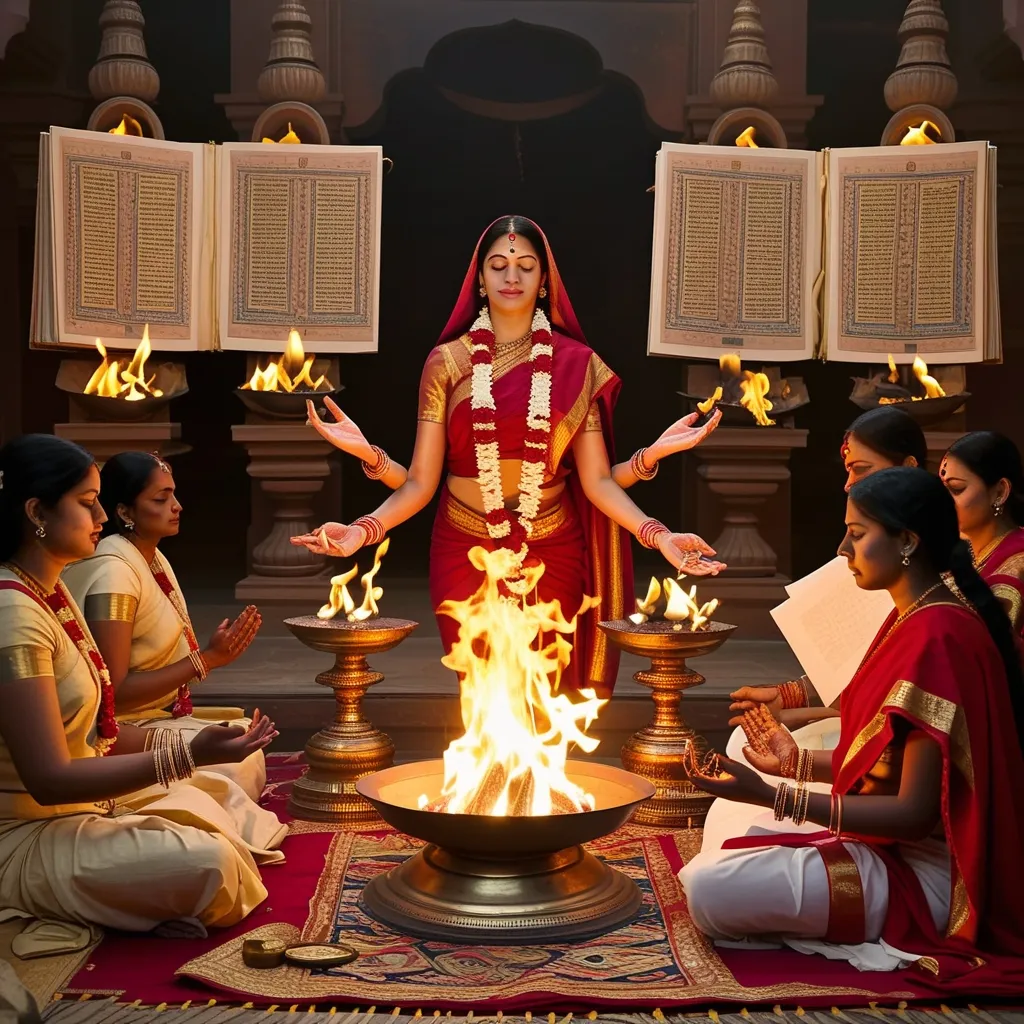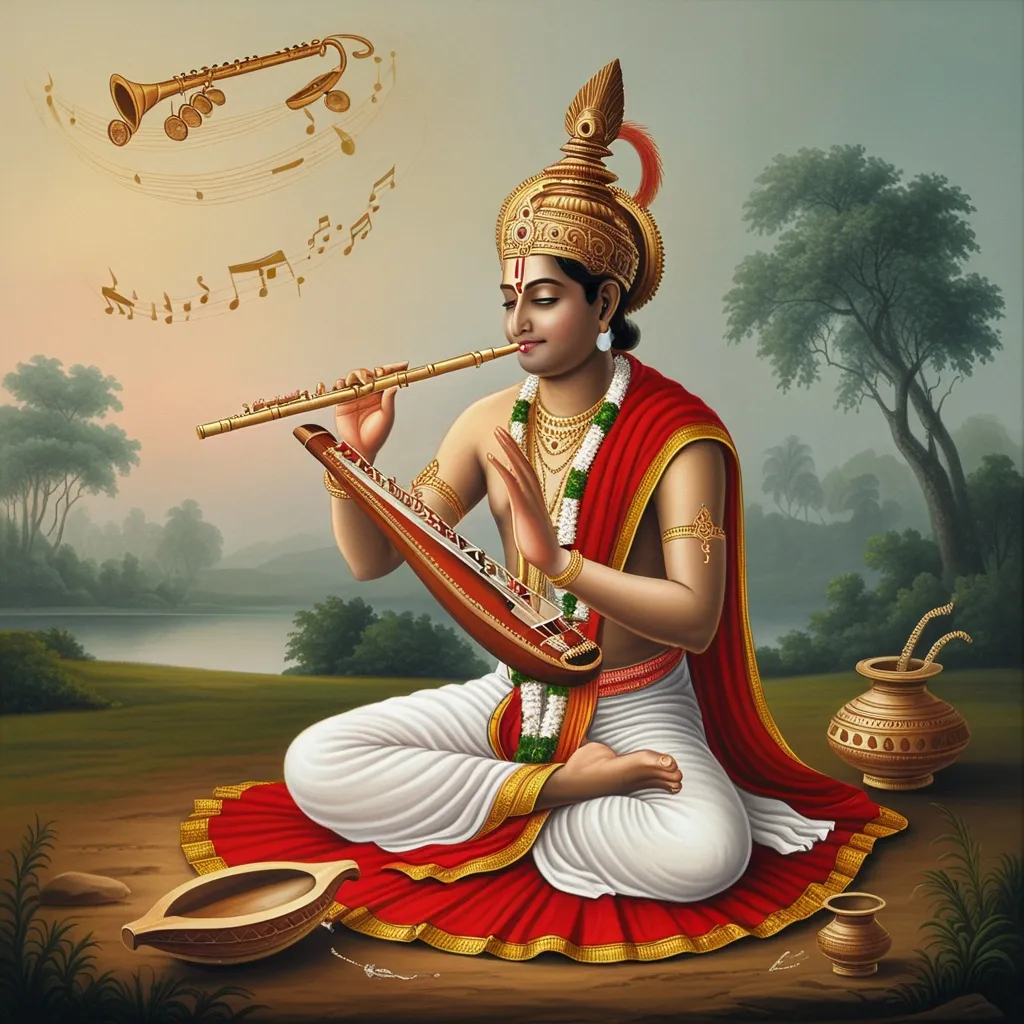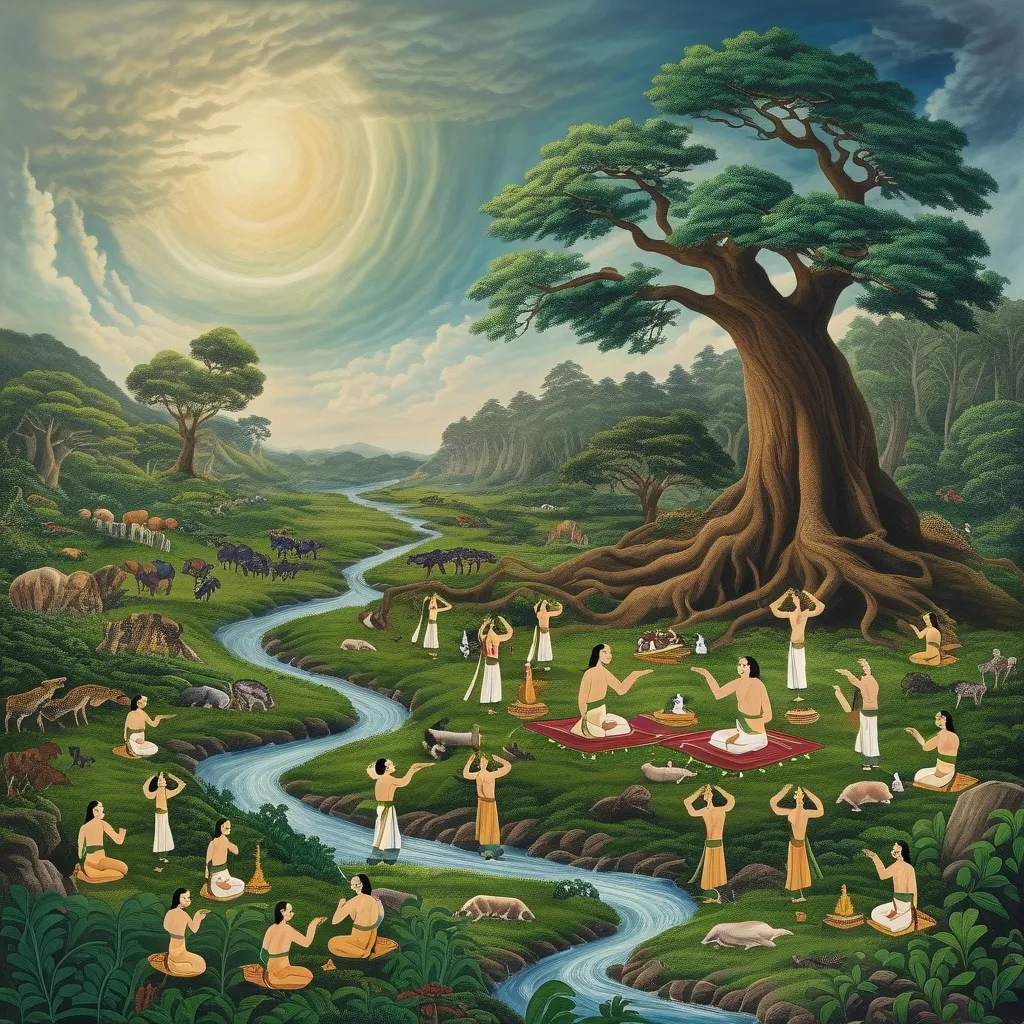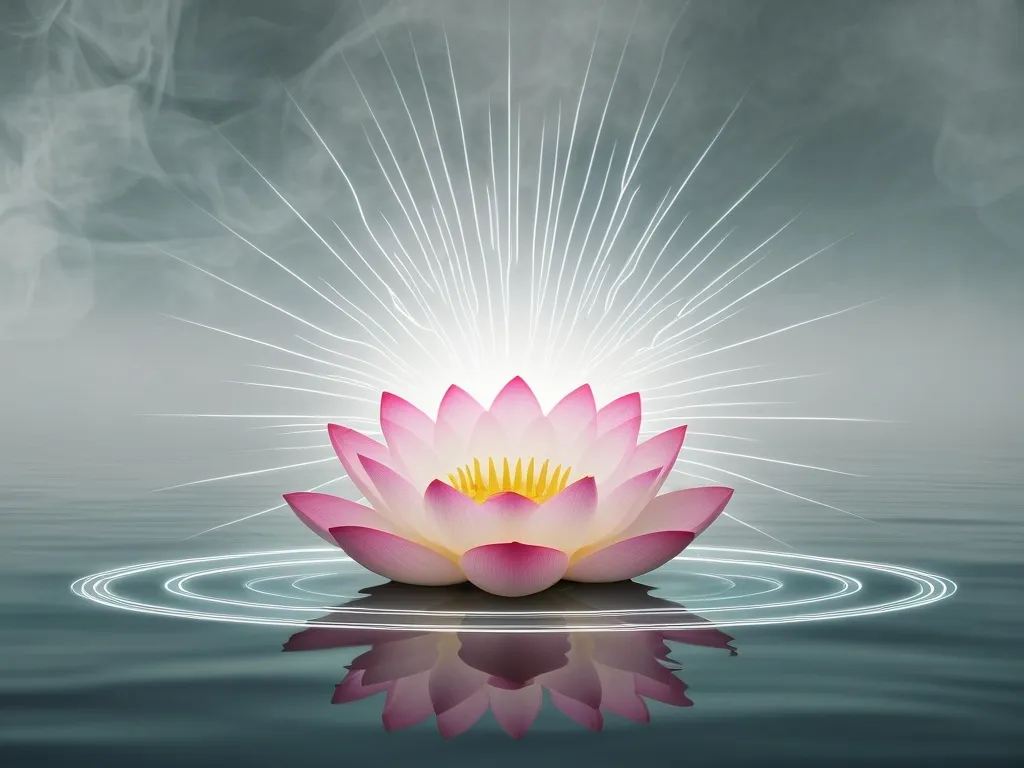In the rich mosaic of Hindu scriptures, especially the Yajurveda, animals are more than just living beings. They carry deep spiritual and philosophical significance that extends beyond their physical existence. Two prominent animals in these texts are the horse and the cow, each symbolizing complex ideas and values.
Animals in the Yajurveda are often symbolic, acting as metaphors to communicate profound spiritual concepts. Take the horse, for instance. It’s not just seen as an animal but as a representation of energy, strength, and swiftness. Descriptions give it almost magical characteristics—like wings of an eagle, limbs of a deer, golden horns, and bronze feet—making it a creature that defies the ordinary.
This isn’t just poetic embellishment. The symbolic horse transcends the tangible world, linking human experiences to the cosmos. It’s connected to prana, the life force, highlighting its significance in various rituals and ceremonies.
The horse takes center stage in the Ashwamedha Yajna, often misunderstood as a horse sacrifice. Contrary to some interpretations, Ashwamedha isn’t about slaughter. It’s a ritual meant to consolidate power and prosperity of a kingdom. The horse symbolizes the nation itself, and the ceremony is performed to ensure the land’s glory and well-being.
During Ashwamedha, the horse is described in grand cosmological terms. Its body parts are metaphorically compared to elements of nature—the sky is its back, the atmosphere its belly, the earth its hoof, and so on. This intricate portrayal emphasizes the horse’s role as a symbol of cosmic harmony and balance.
Now, let’s talk about the cow. Unlike the horse, the cow embodies non-violence and protection. The Yajurveda explicitly bans the killing of cows, horses, and other animals, underscoring their sacred nature with phrases like “Protect the animals” and “Do not kill our cows, horses, and people.”
The cow is deeply entwined with themes of earth and environmental protection. The term Gomedha Yajna, often misinterpreted as cow sacrifice, actually refers to rituals designed to keep the earth pure and clean. This reveals the cow’s role as a guardian of the natural world.
Central to the Yajurveda is the idea that true sacrifice isn’t about physical killing but about spiritual and mental discipline. Many verses emphasize awakening and guiding the mind, promoting spiritual introspection over physical acts. For instance, there’s a focus on meditating on divine thoughts that offer help and guidance, leading to spiritual enlightenment and harmony.
The concept of sacrifice in the Yajurveda is better understood through the Purusha Sukta. This part of the text portrays the Purusha, the cosmic being, as the ultimate sacrificial entity, representing the universe itself. This narrative clarifies that sacrifice isn’t about harming animals but involves the universal spirit that permeates all life.
This depiction of the Purusha as an all-encompassing being underscores the unity and interconnectedness of all existence. Real sacrifice, according to this view, is about shedding ego and ignorance, fostering a deeper connection with the cosmos.
In conclusion, the symbolism of animals in the Yajurveda is intricate and profound. The horse and the cow transcend their physical forms, symbolizing various aspects of human life and the cosmos. The rituals involving these animals aim for spiritual growth, cosmic harmony, and life preservation.
Grasping these symbols requires looking beyond literal interpretations and appreciating the deeper spiritual meanings embedded in the texts. This approach not only clears up misconceptions about animal sacrifices but also highlights the profound wisdom and harmony that the Yajurveda conveys.
By understanding these allegories, one can appreciate the rich spiritual tapestry woven into Hindu philosophy. The horse and cow, far from mere animals, become gateways to profound truths about life, the universe, and everything in between. Through these symbols, the Yajurveda illuminates a path to cosmic unity and spiritual enlightenment, a journey that transcends the ordinary and touches the divine.
